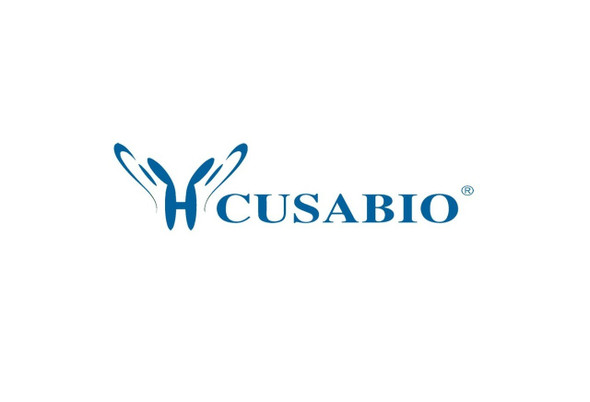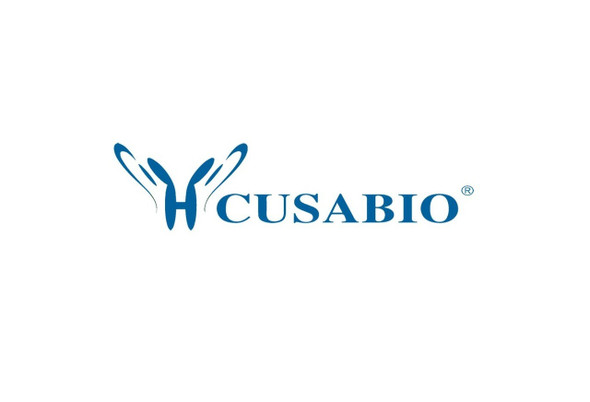Cusabio Sus scrofa Recombinants
Recombinant Pig Aminopeptidase N (ANPEP), partial | CSB-EP001827PI
- SKU:
- CSB-EP001827PI
- Availability:
- 3 - 7 Working Days
Description
Recombinant Pig Aminopeptidase N (ANPEP), partial | CSB-EP001827PI | Cusabio
Alternative Name(s): Alanyl aminopeptidase (Aminopeptidase M) (AP-M) (Microsomal aminopeptidase) (gp130) (CD_antigen: CD13)
Gene Names: ANPEP
Research Areas: Immunology
Organism: Sus scrofa (Pig)
AA Sequence: WVLLNVNVTGYFQVNYDEDNWRMIQHQLQTNLSVIPVINRAQVIYDSFNLATAHMVPVTLALDNTLFLNGEKEYMPWQAALSSLSYFSLMFDRSEVYGPMKKYLRKQVEPLFQHFETLTKNWTERPENLMDQYSEINAISTACSNGLPQCENLAKTLFDQWMSDPENNPIHPNLRSTIYCNAIAQGGQDQWDFAWGQLQQAQLVNEADKLRSALACSNEVWLLNRYLGYTLNPDLIRKQDATSTINSIASNVIGQPLAWDFVQSNWKKLFQDYGGGSFSFSNLIQGVTRRFSSEFELQQLEQFKKNNMDVGFGSGTRALEQALEKTKANIKWVKENKEVVLNWFIEHS
Source: E.coli
Tag Info: N-terminal 10xHis-tagged and C-terminal Myc-tagged
Expression Region: 616-963aa
Sequence Info: Partial
MW: 47.1 kDa
Purity: Greater than 85% as determined by SDS-PAGE.
Relevance: Broad specificity aminopeptidase which plays a role in the final digestion of peptides generated from hydrolysis of proteins by gastric and pancreatic proteases. Also involved in the processing of various peptides including peptide hormones, such as angiotensin III and IV, neuropeptides, and chemokines. May also be involved the cleavage of peptides bound to major histocompatibility complex class II molecules of antigen presenting cells. May have a role in angiogenesis and promote cholesterol crystallization. It is able to degrade Leu-enkephalin and Met-enkephalin but not cholecystokinin CCK8, neuromedin C (GRP-10), somatostatin-14, substance P and vasoactive intestinal peptide
Reference: "Determinants essential for the transmissible gastroenteritis virus-receptor interaction reside within a domain of aminopeptidase-N that is distinct from the enzymatic site." Delmas B., Gelfi J., Kut E., Sjoestroem H., Noren O., Laude H. J. Virol. 68:5216-5224(1994)
Storage: The shelf life is related to many factors, storage state, buffer ingredients, storage temperature and the stability of the protein itself. Generally, the shelf life of liquid form is 6 months at -20?/-80?. The shelf life of lyophilized form is 12 months at -20?/-80?.
Notes: Repeated freezing and thawing is not recommended. Store working aliquots at 4? for up to one week.
Function: Broad specificity aminopeptidase which plays a role in the final digestion of peptides generated from hydrolysis of proteins by gastric and pancreatic proteases. Also involved in the processing of various peptides including peptide hormones, such as angiotensin III and IV, neuropeptides, and chemokines. May also be involved the cleavage of peptides bound to major histocompatibility complex class II molecules of antigen presenting cells. May have a role in angiogenesis and promote cholesterol crystallization (By similarity). It is able to degrade Leu-enkephalin and Met-enkephalin but not cholecystokinin CCK8, neuromedin C (GRP-10), somatostatin-14, substance P and vasoactive intestinal peptide
Involvement in disease:
Subcellular Location: Cell membrane, Single-pass type II membrane protein
Protein Families: Peptidase M1 family
Tissue Specificity:
Paythway:
Form: Liquid or Lyophilized powder
Buffer: If the delivery form is liquid, the default storage buffer is Tris/PBS-based buffer, 5%-50% glycerol. If the delivery form is lyophilized powder, the buffer before lyophilization is Tris/PBS-based buffer, 6% Trehalose, pH 8.0.
Reconstitution: We recommend that this vial be briefly centrifuged prior to opening to bring the contents to the bottom. Please reconstitute protein in deionized sterile water to a concentration of 0.1-1.0 mg/mL.We recommend to add 5-50% of glycerol (final concentration) and aliquot for long-term storage at -20?/-80?. Our default final concentration of glycerol is 50%. Customers could use it as reference.
Uniprot ID: P15145
HGNC Database Link: N/A
UniGene Database Link: UniGene
KEGG Database Link: KEGG
STRING Database Link: STRING
OMIM Database Link: N/A










